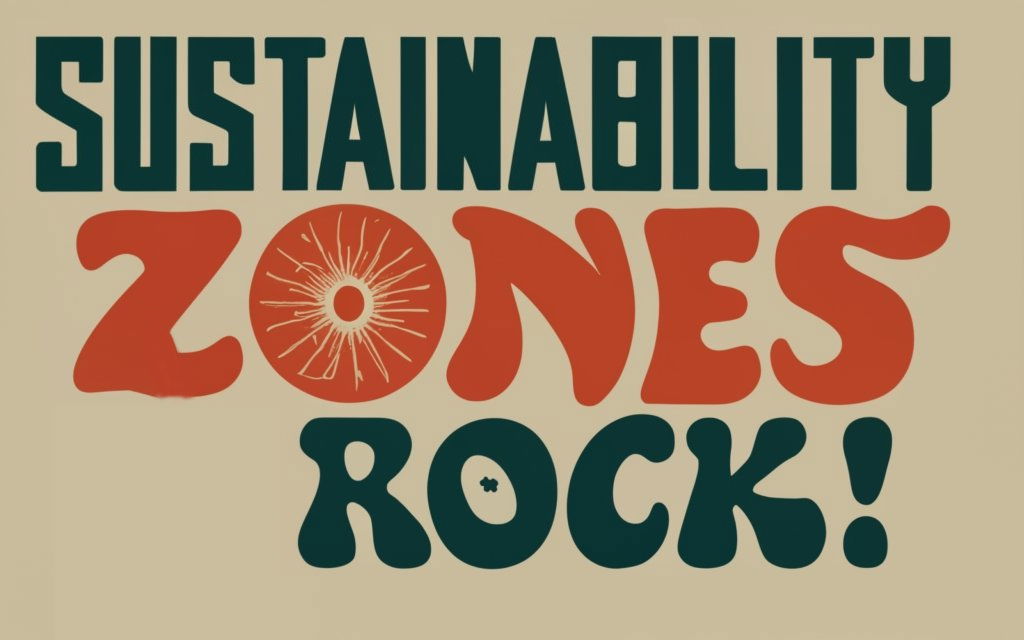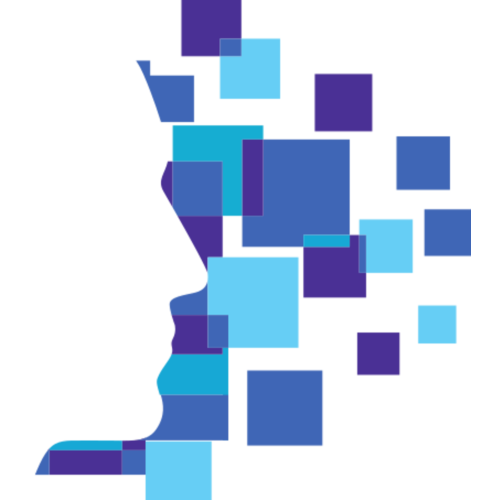In an era of constant disruption, organizations must build dynamic capabilities to continuously adapt and evolve. However, leading successful transformational change remains an immense challenge.

Many change initiatives fail to achieve lasting results due to a lack of employee engagement or not adequately addressing mindsets and behaviors in the culture. This is exacerbated when organizations are exposed to constant change and disruption.
Two frameworks that can enable impactful and sustainable change are Memorable Learning Experiences (MLE) and the Sustainability Zones model.

MLEs is a model that encourages highly experiential training activities and new concepts that tap into neuroscience and psychology to promote rapid learning and personal growth. MLEs leverage principles from neuroscience and psychology to promote transformative learning through real-world simulations, challenges, and experiences.
For instance, a software firm used an MLE to train teams on emerging technologies. Developers collaborated not just to build prototypes using new tools in a hackathon-style workshop but also new ideas to shape their culture. These novel skills sparked excitement and initiative in other areas.
The Sustainability Zones provide a roadmap for building organizational capabilities needed to thrive in volatile times. The zones start from a reactive mindset and progress through six levels, leading to a state of continuous adaptation even during accelerated change and disruption. Each zone focuses on cultivating different strengths like awareness, exploration, mobilization, etc., and building the right culture and ecosystem for sustainable collaboration.
Combining MLEs with the Sustainability Zones creates a comprehensive approach for driving change and evolution. MLEs allow people to rapidly acquire the mindsets and skills needed to operate in a higher sustainability zone.
For example, a company in the Exploration Zone seeking to advance to the Mobilization Zone may use an MLE focused on rapid cultural testing of new and safe ideas. This gives people hands-on experience with innovation to prepare them for increased flexibility and resilience.
The Sustainability Zones provide the strategic direction and capabilities required at each phase of the transformation. MLEs act as the accelerator by immersing people in the experiences and culture needed to rapidly adopt new practices and behaviors.
Together, these frameworks enhance both the speed and sustainability of change initiatives.If you don't have a lot of experience influencing behaviors in your organization, you should also check out the BOIS model.Companies today need to be in a state of readiness, innovation and adaptation.
By blending MLEs and the Sustainability Zones, organizations can undertake transformations in an engaging way that ensures change sticks even during accelerated times and disruption. This approach to change management establishes new mindsets and skills while providing a structured progression for capability building. With MLEs and the Sustainability Zones, companies can continuously evolve and succeed in turbulent times.
For more detailed information about MLE, check Enterprise Agility Fundamentals, Chapter 6, page 288. And Chapter 16 for Sustainability Zones in Enterprise Agility
